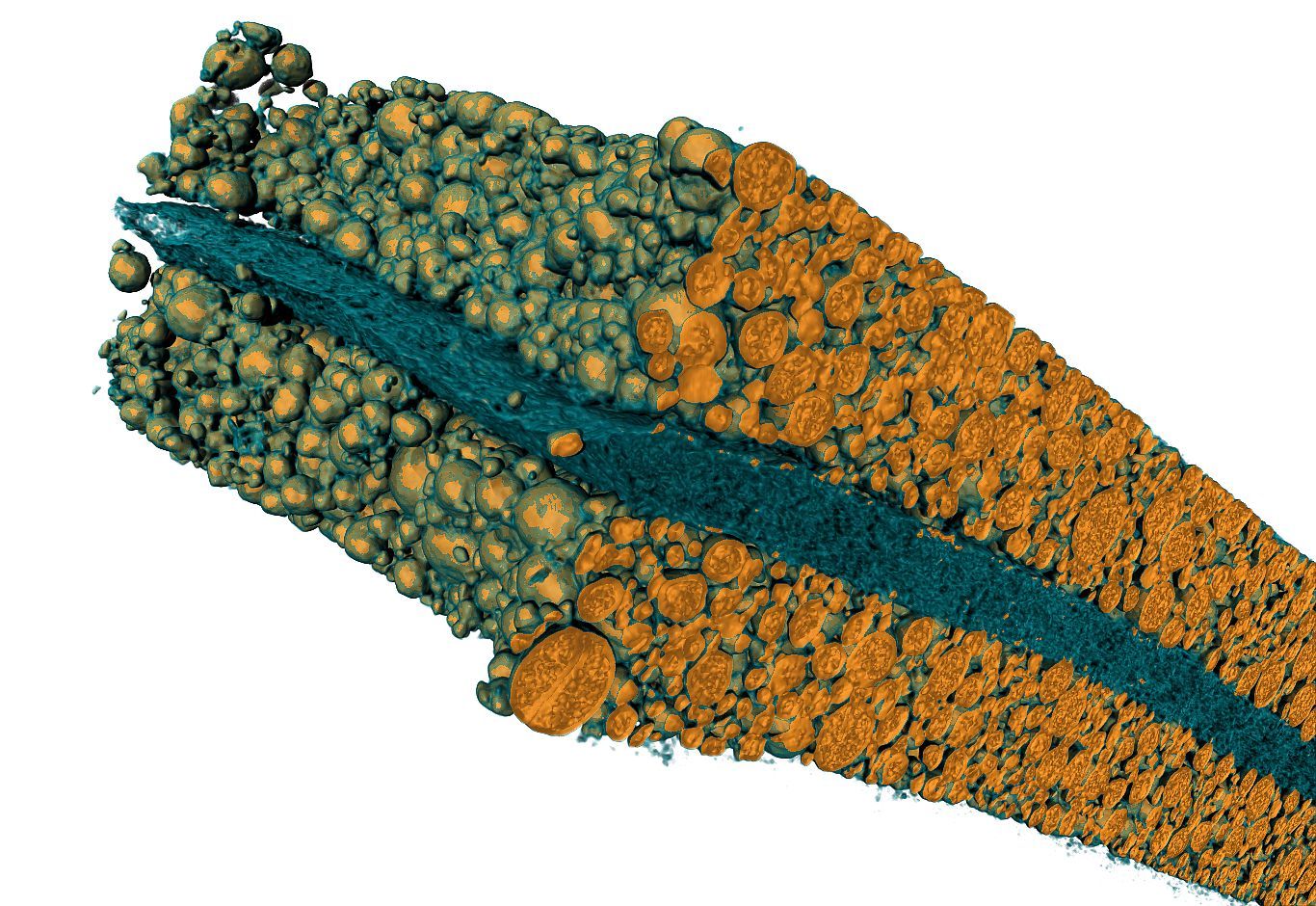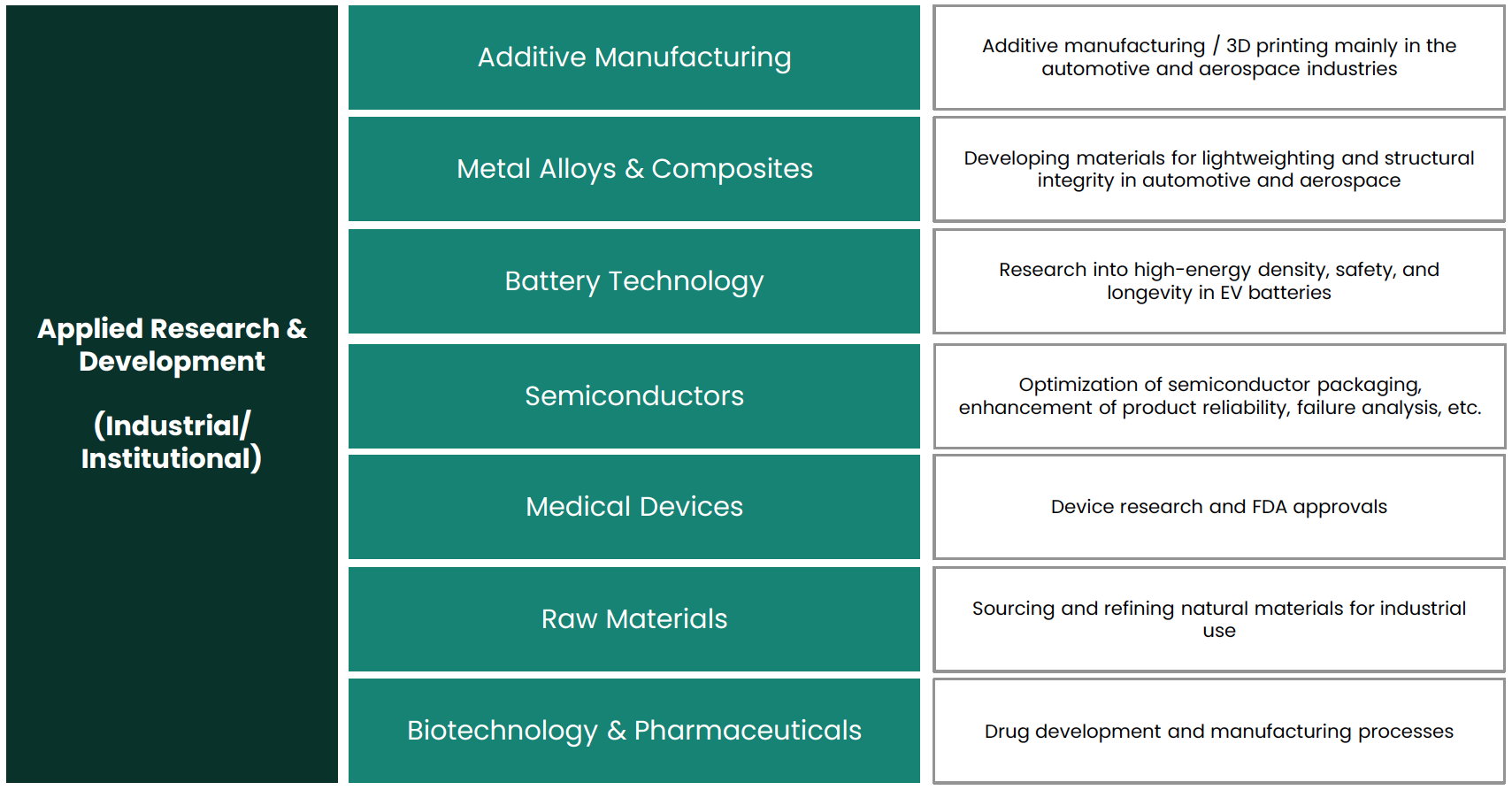Waygate Technologies, a Baker Hughes business and global leader in nondestructive testing (NDT) solutions for industrial inspection, today unveiled its new extremely high-resolution computed tomography (CT) system, Phoenix Nanotom® HR (High Resolution) at the Control 2025 show in Stuttgart, Germany. The system is designed to make advanced X-ray imaging technology accessible to a broader range of users in the electronics sector as well as research and development fields like material, life, and geoscience.
As part of the new product introduction, Waygate Technologies also announced a technology collaboration with Excillum, a global leader in the field of advanced microfocus and nanofocus X-ray sources. Through the collaboration with Excillum, Phoenix Nanotom® HR will use a new high-resolution nanofocus X-ray tube for the highest imaging resolution and contrast across the full voltage range of 40-160 kV supplied by Excillum.
Making Advanced Technology Accessible
"We are excited to present our Phoenix Nanotom® HR here at Control 2025 and announce our strategic collaboration with Excillum," said Ludovic Milosevic, General Manager Radiography Systems at Waygate Technologies. "Leveraging Excillum’s nanofocus source, the new HR version delivers up to five times better resolution than our existing state-of-the-art Nanotom M. That puts it on par with advanced optical magnification scanners - but with a simpler system, faster learning curve, greater flexibility, and at a better price point than comparable solutions”.
Leveraging 300 nm focal spot technology, the Phoenix Nanotom® HR enables significantly higher geometric sharpness and detail detectability down to 50 nanometers (0.05 microns). It also allows for high contrast in high and low absorbing materials within a single image. Similar resolutions on the other hand can be achieved three to five times faster than with the Nanotom M or optical solutions, reducing scan times for samples requiring 120 minutes for 0.5 µm resolution to as little as 40 minutes, or from one hour to only 10 minutes.

Technical Excellence with Practical Benefits
Unlike traditional high-resolution imaging systems that require specialized expertise and considerable maintenance, the simple user interface of the Phoenix Nanotom® HR comes with automated focal spot selection and increases ease of use. With just a few hours of training, users can explore sub-micron particles, design deviations, manufacturing issues, material flaws, and geometric structures. In addition, the system is capable of 24/7 operation with excellent stability, effectively reducing the need for maintenance work to a quarter of standard industry levels.
These capabilities make the system ideal for applications across numerous fields, including semiconductor and electronics inspection, battery technology research, additive manufacturing, material science, geoscience, life sciences, and cultural heritage preservation.

Availability
The Phoenix Nanotom® HR is available for order now. For more detailed information or to request a demonstration, please visit waygate-tech.com/CT or contact phoenix-info@bakerhughes.com.












